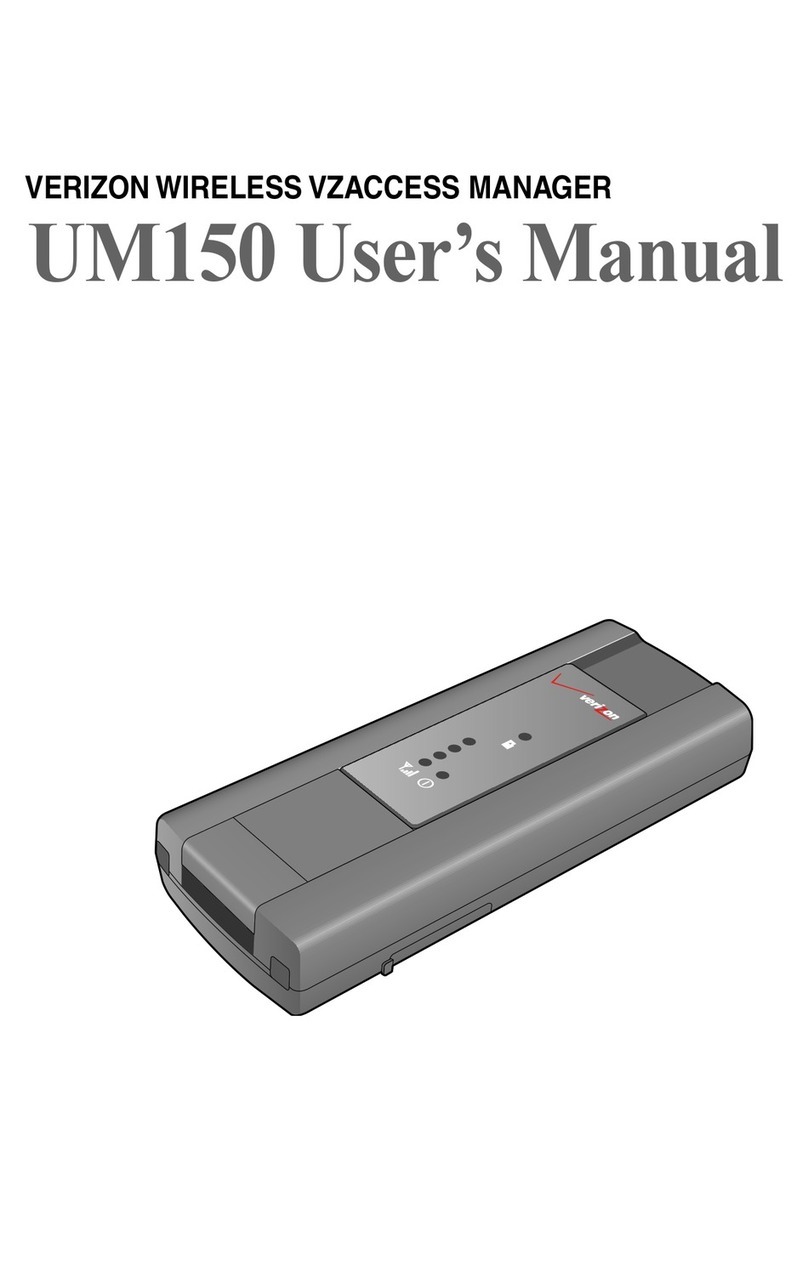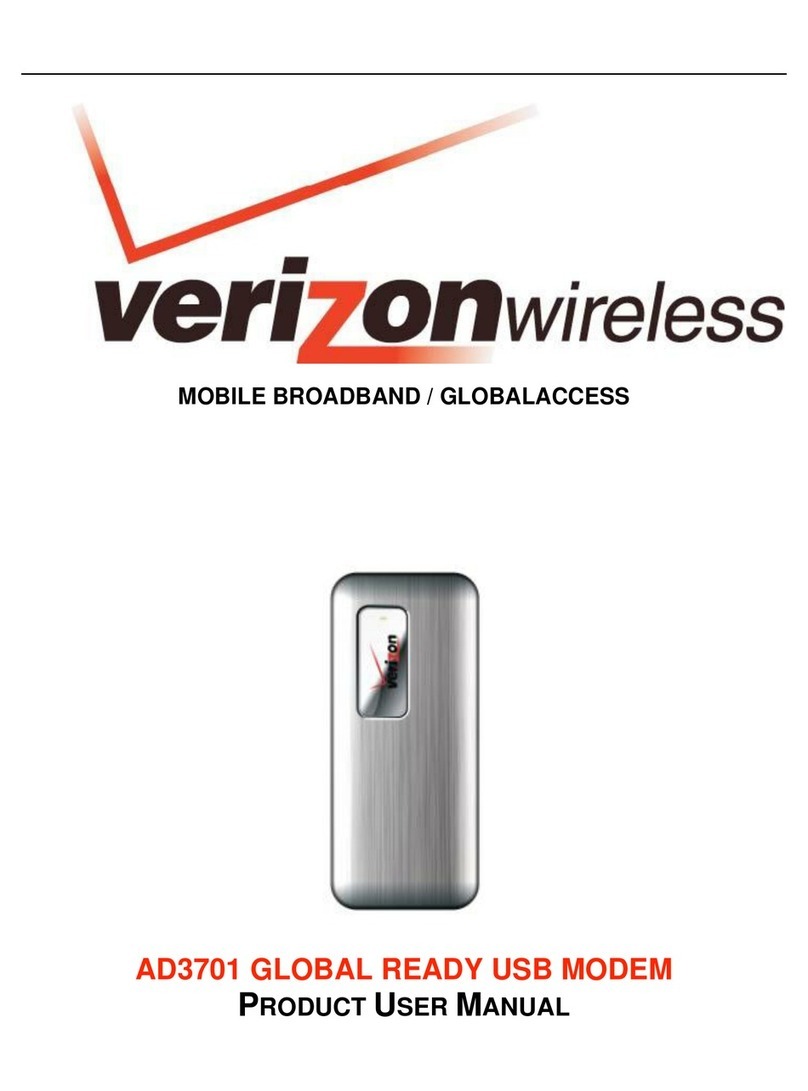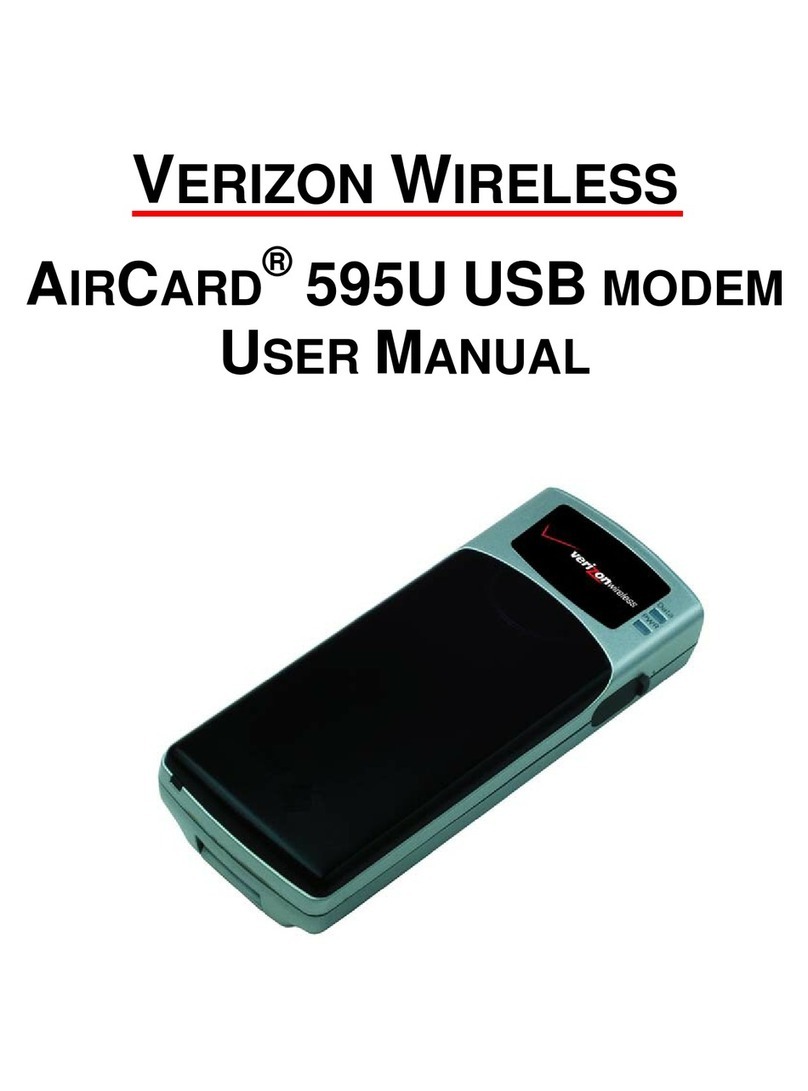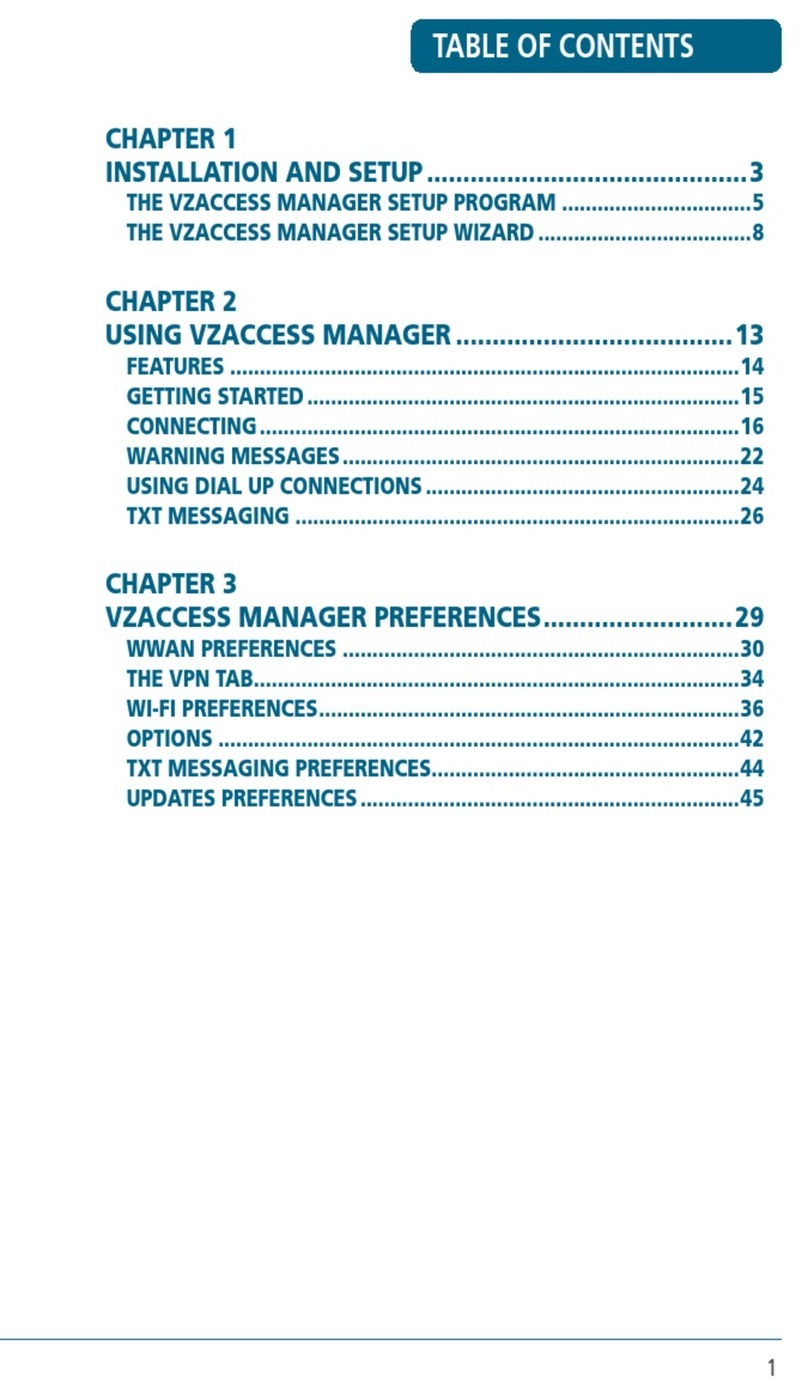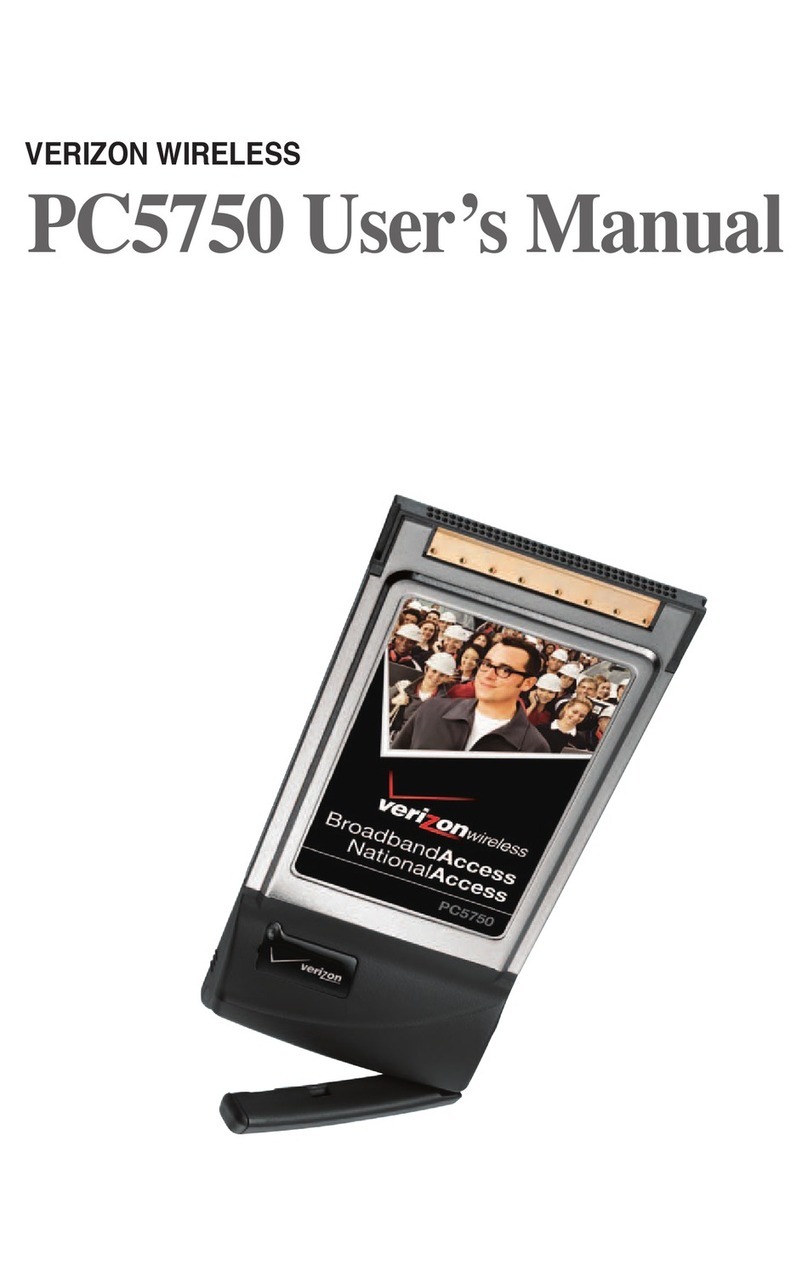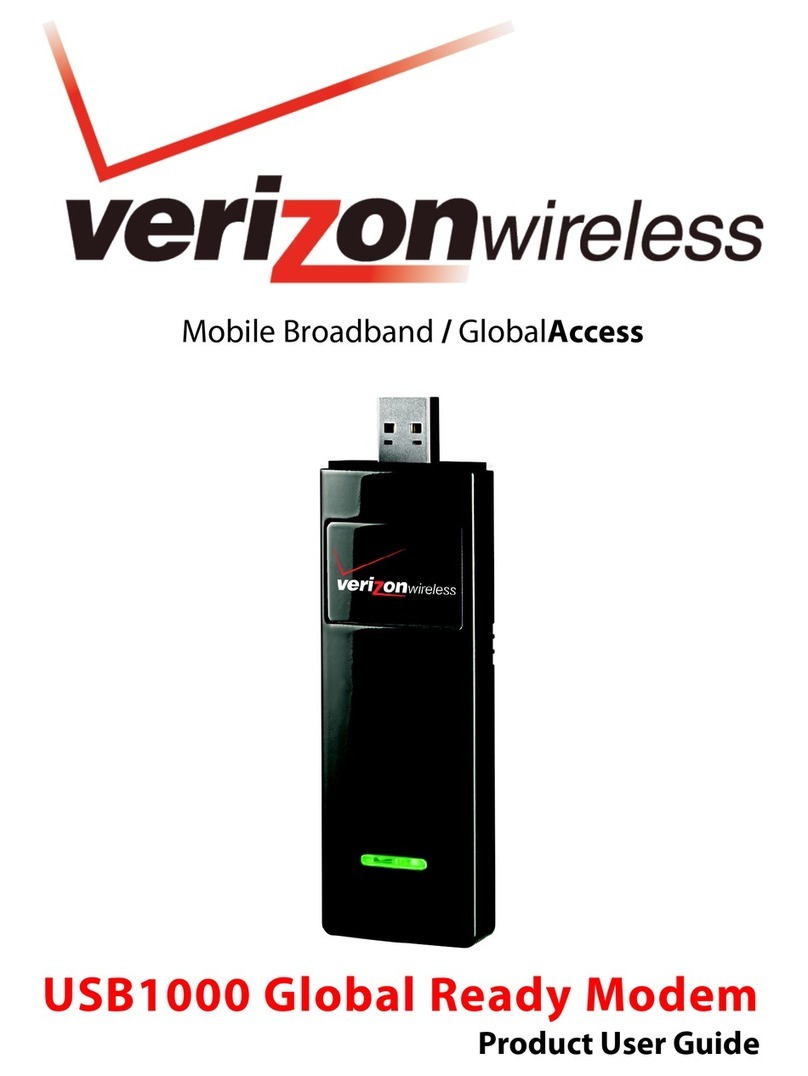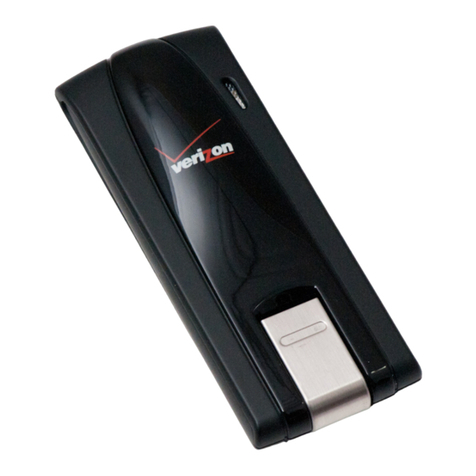5
developingbraincancer—are notsupportedbyagrowingbodyofresearchonthe
subject.” You can access NCI’s review of the research at http://www.cancer.gov/
ncicancerbulletin/NCI_Cancer_Bulletin_092308/page7.TheWHO’s Interphone
study is the largest study of cell phone use and brain tumors ever undertaken. WHO
summarized its conclusions concerning Interphone as follows: “Overall, no increase
in risk of glioma or meningioma was observed with use of mobile phones. There were
suggestionsofanincreasedriskofgliomaatthehighestexposurelevels,butbiases
anderrorpreventa causalinterpretation.The possibleeffects of long-termheavyuse
ofmobilephonesrequire furtherinvestigation.” The WHO’scommentsonInterphone
are available at: http://www.iarc.fr/en/media-centre/pr/2010/pdfs/pr200_E.pdf.
WHO’s publication of Interphone is available at http://www.oxfordjournals.org/
our_journals/ije/press_releases/freepdf/dyq079.pdf; see also, Interphone Appendix
1 (http://ije.oxfordjournals.org/cgi/data/dyq079/DC1/1), and Appendix 2 (http://ije.
oxfordjournals.org/cgi/data/dyq079/DC1/2).
WHAT DOES SPECIFIC ABSORPTION RATE (SAR) MEAN?
In1996,the FCC, workingwiththeFDA,theU.S.EnvironmentalProtectionAgency
(EPA)andotheragencies,established RFexposuresafety guidelinesforwireless
devices in the United States. Before a wireless device model is available for sale to the
public,itmustbetested bythe manufacturerandcertifiedtotheFCCthatitdoesnot
exceed limits established by the FCC.
One of these limits is expressed as a Specific Absorption Rate, or “SAR.” SAR is
a measure of the rate of absorption of RF energy in the body. Tests for SAR are
conductedwiththewirelessdevicetransmittingatitshighestpowerlevel inalltested
frequencybands.Since 1996, theFCChasrequired thattheSARofhandheldwireless
devicesnotexceed1.6wattsperkilogram, averagedover one gramoftissue. Although
the SAR is determined at the highest power level, the actual SAR value of a wireless
devicewhileoperatingcanbelessthanthereportedSARvalue. Thisisbecause the
SARvaluemay varyfromcall to call,dependingonfactorssuchasproximity toacell
site, the proximity of the wireless device to the body while in use, and the use of hands-
free devices.

